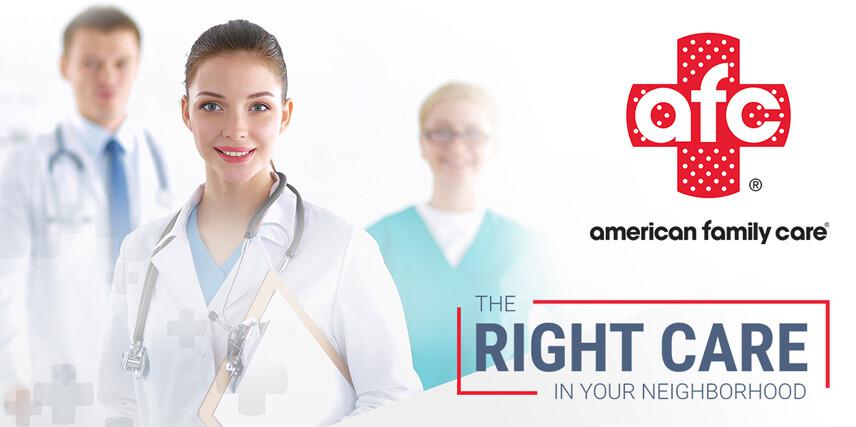Many people are often unaware of the moment blisters form. It could result from a long hiking journey or the tightness of their shoes. No matter how you get your blisters, it can be easily eradicated. It is not usually a cause for concern but can be infected in a few cases. If your blister is showing signs of infection, or disrupting your daily life, visit us at AFC Urgent Care North Bergen for a full evaluation and treatment if necessary. We’re open seven days a week– just walk-in today!
Causes and Symptoms of Blisters
Blisters are fluid-filled sacs that form on the skin and can be caused by various factors, with the most common being:
- Continuous rubbing or friction on the skin can lead to blisters, such as from ill-fitting shoes or repetitive motion.
- Exposure to excessive heat, like sunburn or contact with hot objects, can cause heat blisters.
- Thermal burns, chemical burns, or even sunburn can result in blister formation.
- Certain infections, like herpes or impetigo, can produce blisters as symptoms.
- Allergic reactions
Symptoms of blisters include:
- Appear as raised bumps filled with clear or pus-like fluid
- Tender or painful
- Redness and swelling
- Inflammation and itchiness
How To Identify the Signs of an Infected Blister
Even though blisters will generally heal on their own, the affected area may be infected if not properly attended to. As a result, you must be able to watch for sure signs before the situation escalates.
Identifying signs of an infected blister is crucial to prevent complications. Look out for these indicators of infection:
- It could be infected if the blister becomes more painful instead of improving over time.
- The area around the blister may become increasingly red and warm to the touch.
- An infected blister can cause swelling, extending beyond the initial blistered area.
- Yellow or green discharge from the blister is a vital sign of infection.
- A fever could indicate a systemic infection, especially if accompanied by other signs.
- If the blister shows no signs of healing or worsens after a few days, it may be infected.
At-Home Treatment For a Blister
Treating an infected blister and knowing when to seek medical attention is essential for preventing complications. Here's what you can do and when to involve a healthcare professional:
- Wash your hands: Always start by thoroughly washing your hands to prevent introducing more bacteria.
- Clean the area: Clean the infected blister and the surrounding skin with mild soap and warm water. Avoid scrubbing or causing further damage.
- Apply an antibiotic ointment: After cleaning, apply an over-the-counter antibiotic ointment to help prevent infection.
- Cover the blister: Use a sterile, non-stick bandage or dressing to cover the blister. Change it daily or if it becomes wet or dirty.
- Keep it dry: Keep the blister and dressing dry to prevent further infection.
When to Seek Medical Attention For a Blister
If the infection worsens despite home care or spreads to other areas, seek immediate medical attention. This particularly applies if the blister continues to produce pus or becomes increasingly painful. For people with diabetes or a weakened immune system, it's safer to seek medical advice, even for minor infections. AFC Urgent Care North Bergen provides same-day care for a wide range of conditions seven days a week. Walk-in today!
